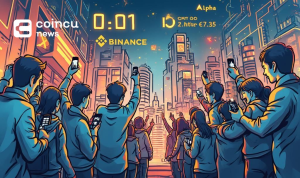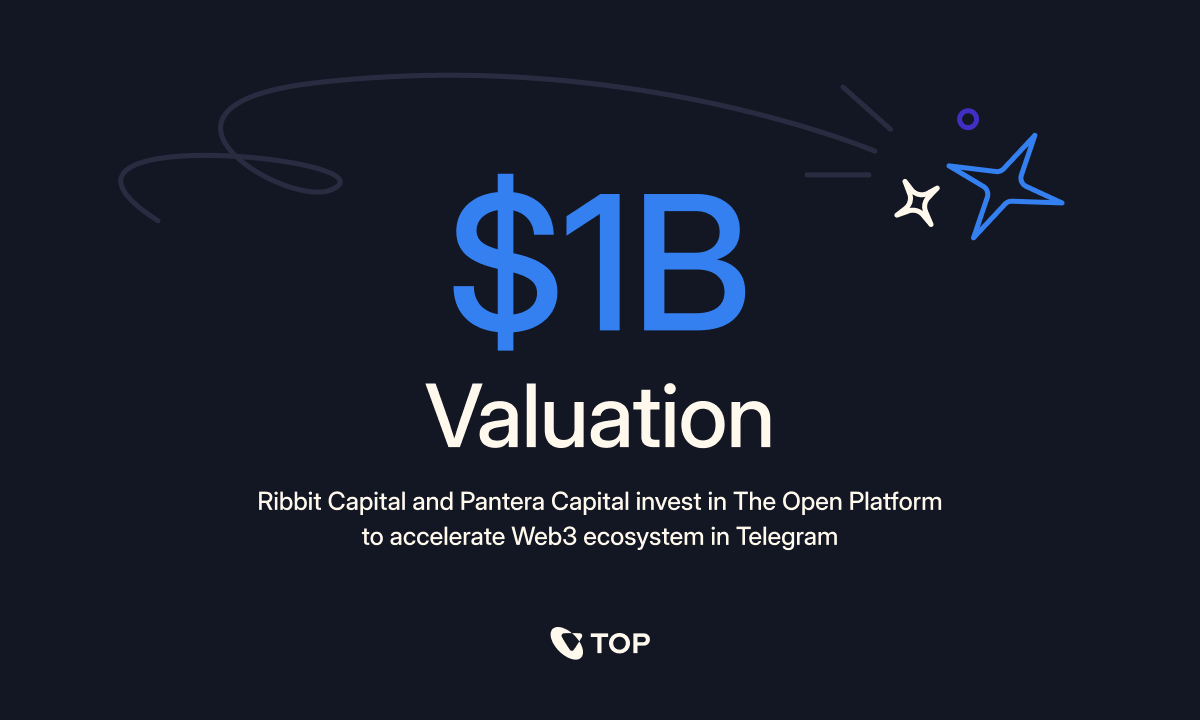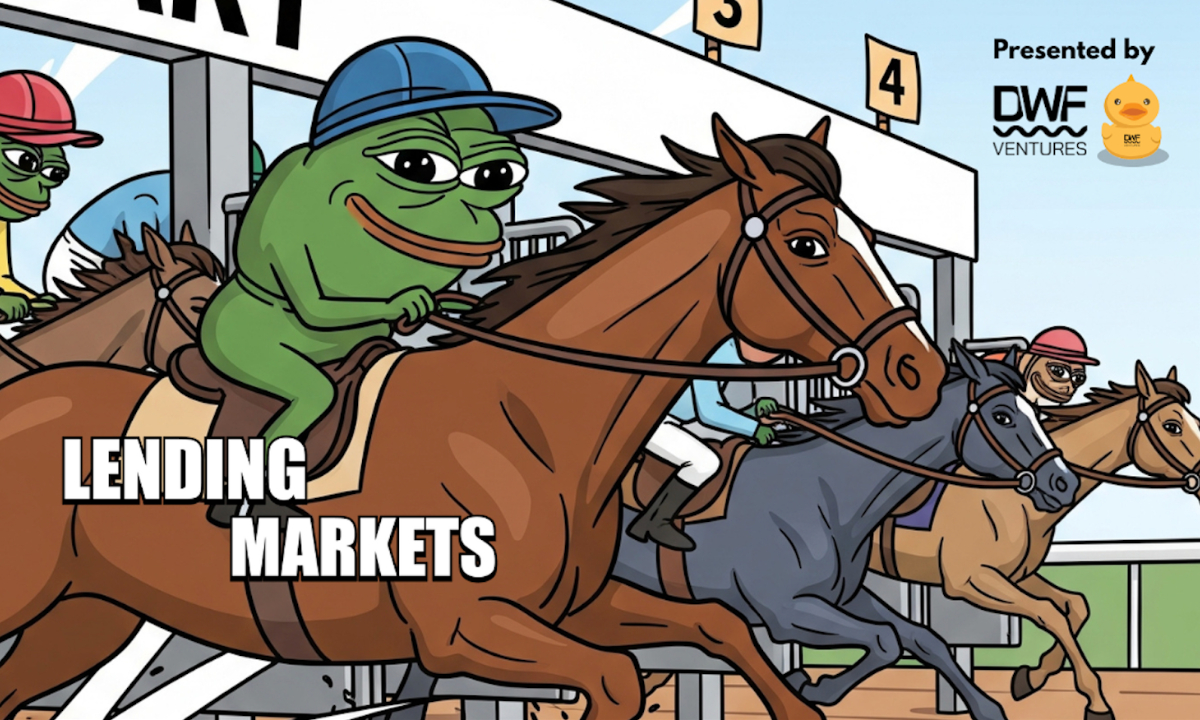Key Points:
- To prevent the mixing of B-Token collateral and customer funds, Binance is implementing a new system.
- B-Tokens will be restricted by the new semi-automated method until the connected collateral wallet has the necessary crypto asset reserves.
- Binance created the now-famous Binance 8 wallet by mistakenly combining client and collateral assets, which caused some B-Tokens to seem to be significantly overcollateralized.
To prevent the mixing of B-Token collateral and customer funds, Binance is implementing a new system.
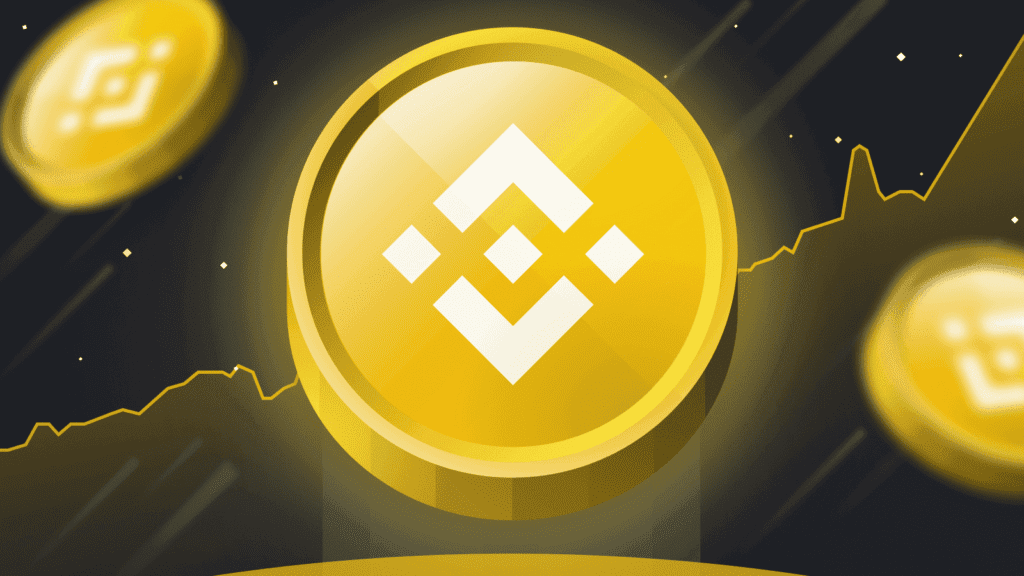
Binance has implemented a semi-automated procedure to give better insights into the reserves backing each crypto asset in response to recent reports that the exchange had mixed collateral backing the minting of its Binance-peg token with user monies.
A peg token, or B-Token, is created by Binance out of deposited cryptocurrencies that may be used on its own blockchains. For each ETH deposit, for instance, one ETH B-Token is created. But, each B-Token needs to be kept in a wallet that is backed by ETH.
The creation of new B-Tokens will be restricted by the new semi-automated method until the connected collateral wallet has the necessary crypto asset reserves. To allow Binance to take action in the case of a security breach, it will still operate partially manually.
In the worst-case situation, this still provides them the option to press the switch and somewhat save their face, according to research analyst Conor Ryder. Nevertheless, it isn’t a perfect totally automated system, and as we’ve seen in the past, Binance has handled this type of coin minting improperly.
The collateral will be visible on-chain to increase transparency, a firm spokeswoman claims
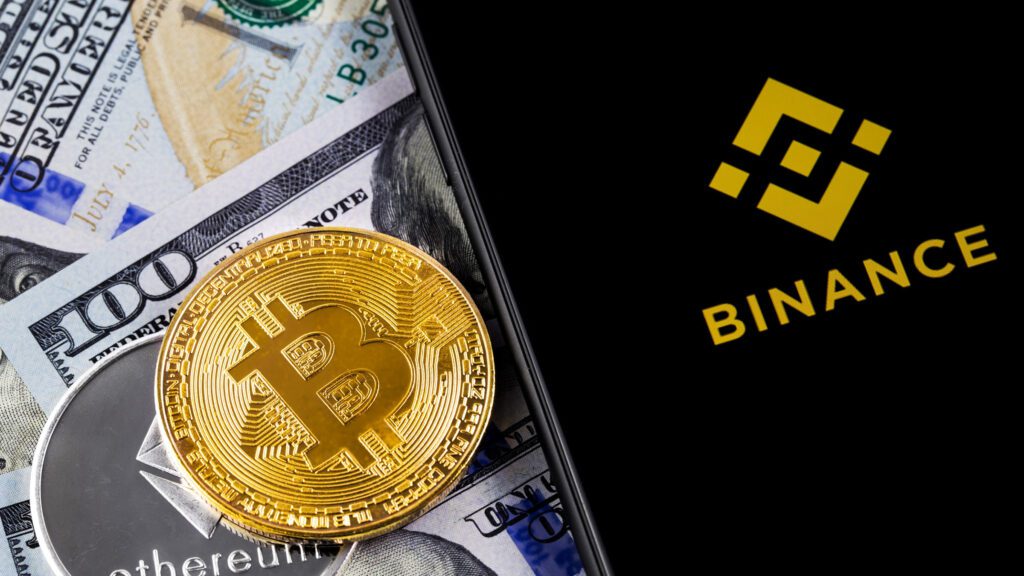
Previously, Binance created the now-famous Binance 8 wallet by mistakenly combining client and collateral assets, which caused some B-Tokens to seem to be significantly overcollateralized. The new automation component, according to the spokeswoman, will aid the exchange in managing risk.
It recently announced that zero-knowledge proofs would be added to enhance the privacy of its upcoming proof-of-reserves report. Zero-knowledge proofs establish the veracity of a claim without disclosing the method used to establish it. In Binance’s case, changes to the Merkle root hash of Binance’s Merkle tree will be used to verify changes in customer asset balances.
DISCLAIMER: The Information on this website is provided as general market commentary and does not constitute investment advice. We encourage you to do your research before investing.
Join us to keep track of news: https://linktr.ee/coincu
Website: coincu.com
Annie
Coincu News








